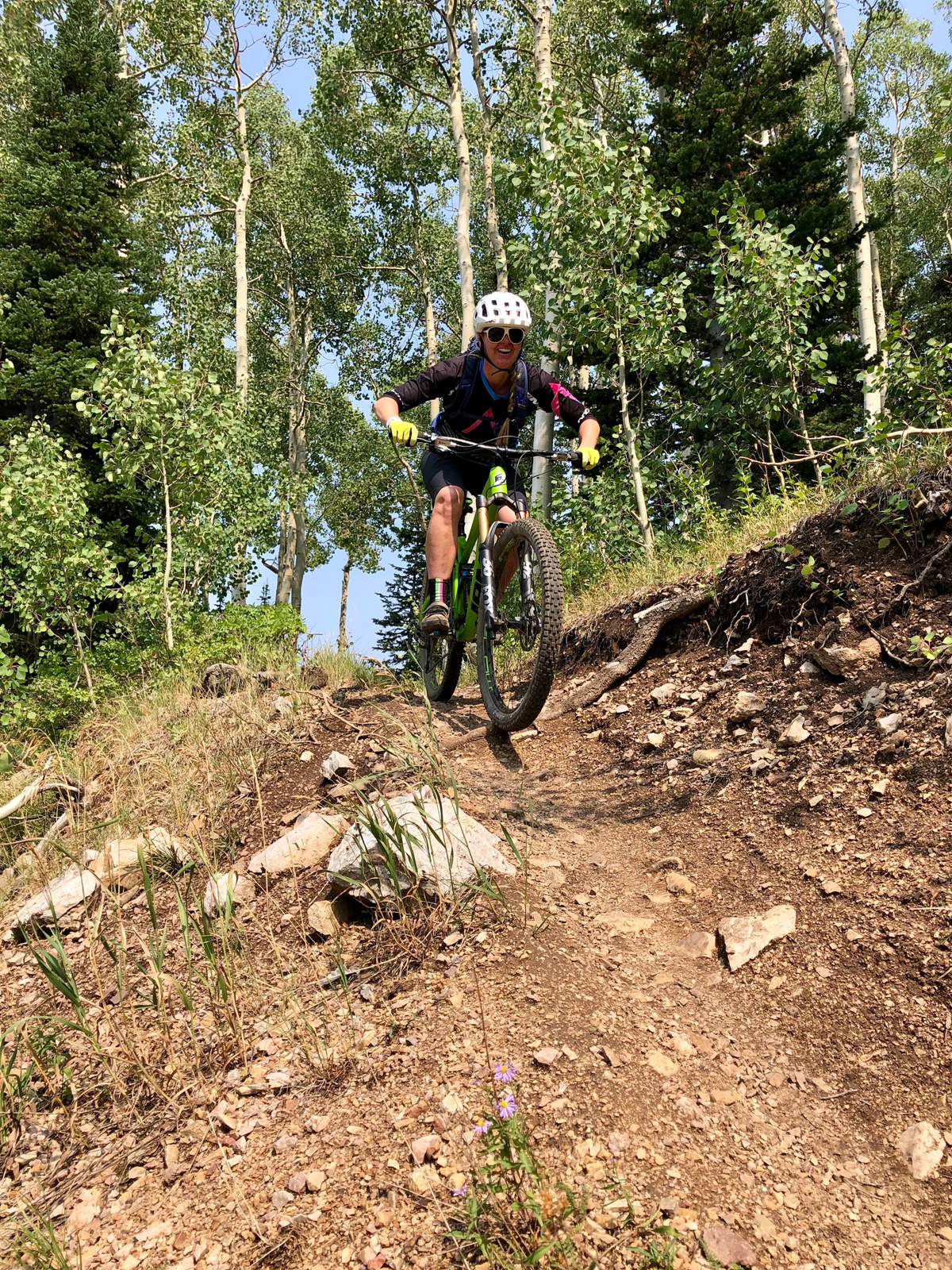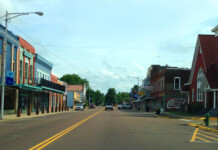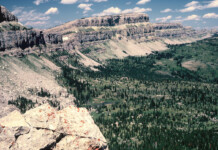By Erica Tingey — We’re so excited to get back in the saddle! There is nothing more magical than riding through forests, aspen stands, or red-rock landscapes. Unfortunately, we have all likely experienced how a beautiful area can be ruined by careless behavior such as littering, trail destruction, and pollution. Now is a great time to review Leave No Trace principles.
Leave no trace.
The general premise of Leave No Trace is to minimize the impact of our visits and to leave the land, air, and waterways just as they are. (Visit lnt.org to read more about the seven principles.) Below, we’ll discuss some Leave No Trace actions you can take while mountain biking.

Ride only dry trails.
It’s super tempting (especially after long winters) to hit your favorite trail the second the snow melts, but it’s really important to wait until they are dry. Riding on muddy trails can cause extensive damage that makes them much less safe and enjoyable. A great rule of thumb: If mud is sticking to your tires, turn around and come back another day. Waiting until trails are dry will help keep them from forming ruts, washboards, and soft corners.
Stick to legitimate trails.
Always stay on designated trails, and make sure mountain biking is allowed. Biking on undesignated routes can disrupt ecosystems and damage the landscapes we love. Follow rules for trail direction.
Don’t use shortcuts.
Don’t pave your own paths or trails. While it may be tempting to cut a switchback, doing so can create drainage patterns that result in land erosion.
Rest on durable surfaces.
When you need to step off the bike path for any reason, rest or gather on durable surfaces if possible. Look for areas with rocks, sand, or durable vegetation like dry grasses. In desert areas, avoid stepping or riding on cryptobiotic soil or biological-soil crust. Soil crust covers much of the ground in southeast Utah and is a crucial part of desert ecosystems.
Keep singletrack single.
Don’t ride two abreast on singletrack trails. If you encounter a rain or mud puddle, ride or walk your bike through the puddle instead of around it. Avoid riding around challenging features—if you don’t feel comfortable, get off and walk it whenever possible.
Following these tips will help keep trails and surrounding lands pristine for future generations of riders. As always, have fun and ride safely!









What about the air? Driving somewhere to ride your bike (unless it’s using a ZEV) is not leaving no trace.
Comments are closed.